Remember when dinner wasn’t photographed for social media and “organic” was just a chemistry term? Those were the days when convenience was king, nutrition labels were barely a thing, and our culinary adventures were guided by TV commercials and what mom picked up at the A&P. Looking back at our eating habits from the ’60s through the ’80s is like opening a time capsule filled with processed cheese, gelatin molds, and enough sugar to make a dentist weep with joy.
1. Drinking Directly from the Milk Carton
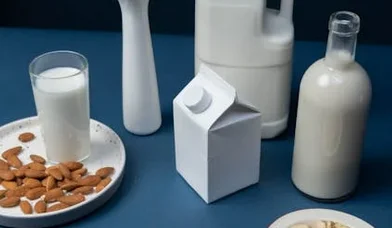
That sweet, forbidden sip straight from the family milk carton was a guilty pleasure we all indulged in when nobody was looking. The kitchen could be empty, but somehow Mom always knew when you bypassed a glass and went straight for the carton, leaving those telltale droplets on the spout. The cold milk tasted better somehow when consumed in this rebellious fashion, providing a little thrill along with calcium. Indeed, today, Cookist condemns drinking directly from the cart as something that should never ever be done.
Dad probably did it too, though he’d be the first to scold you for the very same offense. Those glass bottles from the ’60s gave way to cardboard cartons and eventually plastic jugs, but the temptation remained the same throughout the decades. Families developed elaborate systems of denial and accusation when the milk ran low suspiciously fast, yet nobody ever confessed to being the carton culprit.
2. TV Dinners on TV Trays (While Actually Watching TV)
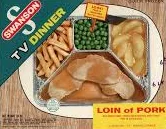
The ultimate trifecta of modern convenience was parking yourself in front of The Brady Bunch or Happy Days with a compartmentalized aluminum tray of salisbury steak, mashed potatoes, and a brownie that was somehow both frozen and scorched. Those metal TV trays became family dinner tables several nights a week, wobbling precariously as we cut through mystery meat with the edge of our forks. The ritual of peeling back the foil to reveal the steaming feast below was practically ceremony in homes across America. To this day, Mental Floss credits TV dinners with completely transforming America as a whole.
The food was rarely gourmet, but there was something magical about those perfectly portioned meals that didn’t touch each other, like edible peace treaties on a tray. Swanson, Banquet, and Morton became household names, promising harried moms a night off from cooking and kids the joy of eating while staring at the family Zenith. Remember the disappointment when the coveted dessert somehow remained frozen while the vegetables turned to molten lava?
3. Tang Because the Astronauts Drank It
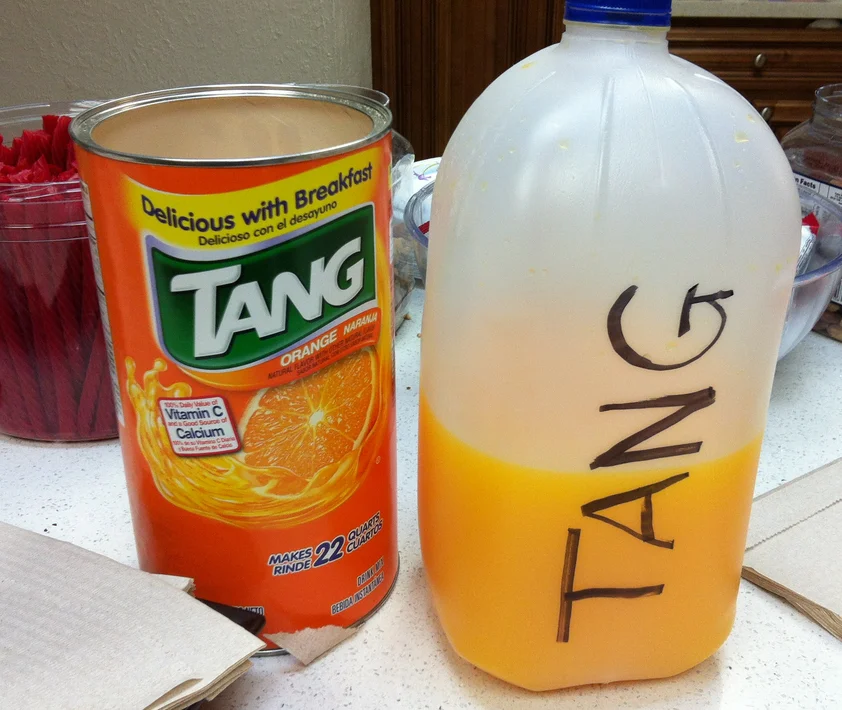
We guzzled this orange-flavored drink mix believing it was what powered Neil Armstrong to the moon, giving us our own small taste of the space race. Parents, delighted to find something children would willingly consume that at least claimed to contain vitamin C, stocked pantries with those distinctive jars sporting the bold orange logo. The tang powder would inevitably coat countertops and fingers, leaving sticky evidence of our astronomical aspirations. As for its nutritional value on Earth, Livestrong has a breakdown of its ingredients.
Mixed with water (and sometimes extra sugar when Mom wasn’t looking), this space-age beverage became a breakfast staple alongside Pop-Tarts and Cap’n Crunch. Few of us questioned why astronauts needed orange drink in space or noticed that the taste bore only a passing resemblance to actual orange juice. The commercials featuring astronauts were all the convincing we needed that this drink was literally out of this world.
4. Butter and Margarine Wars

Households were divided into butter loyalists and margarine converts, with dinner tables becoming silent battlegrounds in the great fat debate. Butter devotees clung to tradition while margarine enthusiasts embraced the modern miracle of science that promised heart health and perfect spreadability. Those curious yellow sticks wrapped in foil or stored in tubs became symbols of either culinary integrity or forward-thinking health consciousness, depending on your family’s philosophy.
The margarine of yesteryear came with little capsules of yellow dye that kids fought over who got to squish into the white base, transforming it into something passably butter-like. Remember how grandma would lean in at dinner parties to whisper, “They’re using margarine,” as if revealing a scandalous family secret? The 1970s brought the battle to television with commercials featuring Mother Nature herself being “fooled” by margarine’s taste, an ambitious claim many a toast could disprove.
5. Casseroles Made with Canned Soup
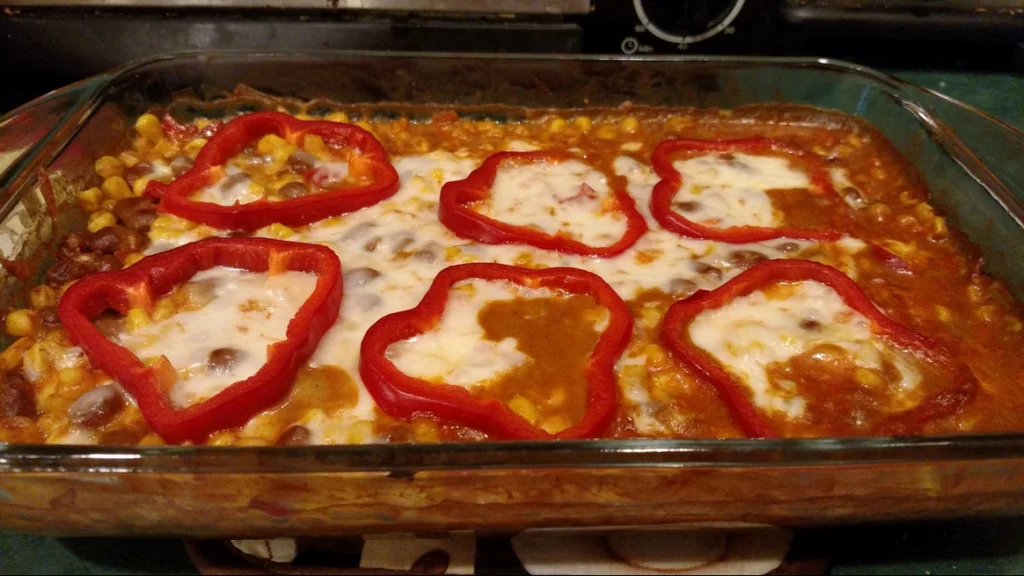
The heart of American dinner tables was undoubtedly the casserole – that magical combination of Campbell’s cream soup, some form of protein, and a crunchy topping that solved the eternal question of “what’s for dinner?” These one-dish wonders transformed humble ingredients into steaming, bubbling masterpieces that could stretch a food budget and feed a hungry family. Cream of mushroom became known as “Lutheran binder” in some circles, the miraculous ingredient that could hold together anything from tuna and noodles to green beans and fried onions.
Church potlucks and neighborhood gatherings showcased an impressive array of these baked concoctions, each in their own special carrying dish with the family name taped to the bottom. Recipe cards for these dishes were passed down like precious heirlooms, with cryptic instructions like “bake until done” or “add a handful of cheese.” The condensed soup can opener was the most essential tool in kitchens across America, working overtime during the week before any community gathering.
6. Hidden Vegetables in Everything
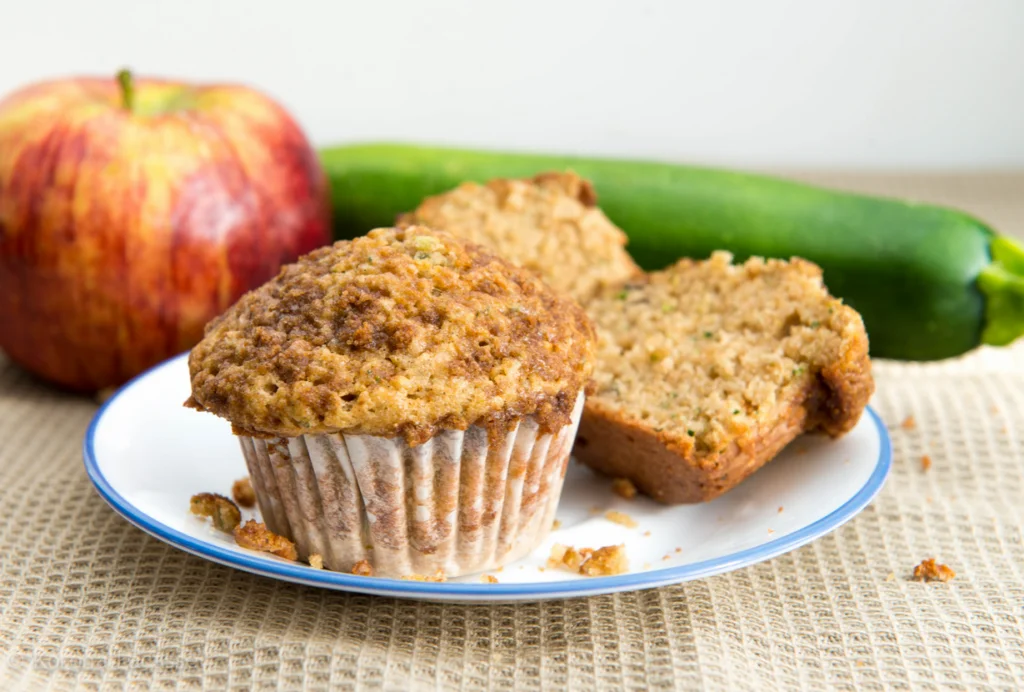
Long before “vegetable smuggling” became a Pinterest parenting trend, our mothers were masters at hiding nutritional value in otherwise appealing foods. Carrots were pulverized into spaghetti sauce, zucchini was snuck into muffins, and spinach was camouflaged in everything from meatloaf to chocolate cake. These culinary deceptions were carried out with straight faces as mothers assured suspicious children that there was “absolutely nothing unusual” in tonight’s dinner.
The blender was often employed in these covert operations, whirring away behind closed doors to transform detectable chunks into unidentifiable nutritious matter. Dad was often an unwitting accomplice, loudly proclaiming how delicious dinner was while shooting warning glances at children who dared to question what made the brownies so “moist.” Years later, many of us would be shocked to discover our favorite childhood recipes contained vegetables we’d sworn we never ate.
7. The Sacred Cheese Ball at Every Gathering
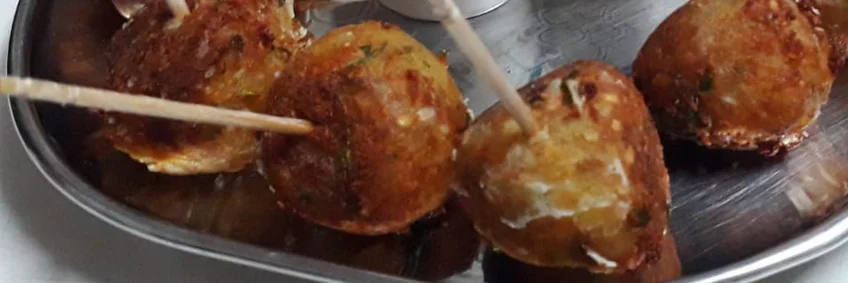
No respectable suburban gathering was complete without the presence of a cheese ball – that enigmatic sphere of processed cheese, cream cheese, and mysterious seasonings rolled in crushed nuts. These dairy Goliaths dominated the appetizer landscape from the ’60s through the ’80s, surrounded by concentric circles of crackers like worshippers paying homage. The cheese ball remained largely untouched until someone brave enough to make the first cut released its creamy potential to the crowd.
The hostess would invariably mention that it was “Aunt So-and-so’s recipe” while failing to mention it came straight from a Good Housekeeping magazine. Those nutty exteriors would leave evidence on fingertips and shirt fronts, the telltale sign of guests who had ventured too enthusiastically into the appetizer territory. By evening’s end, the once-proud sphere would be reduced to a sad, lopsided mound – its remaining mass somehow making it into tomorrow’s sandwich because wasting food was practically a sin.
8. Diet Soda with Everything
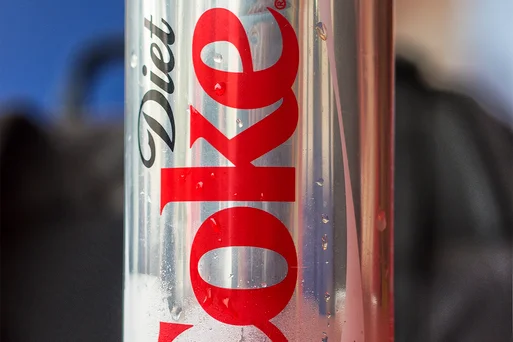
The introduction of diet sodas promised the miracle of guilt-free sweetness, leading to a collective embrace of artificially sweetened beverages alongside the most calorie-laden meals imaginable. Tab, Diet Rite, and later Diet Coke became the constant companions to bacon cheeseburgers and fries, creating a bizarre caloric cognitive dissonance. The metallic aftertaste was a small price to pay for the perceived virtue of saving those sugar calories, even as we consumed them elsewhere with abandon.
The distinctive crack of a pull-tab (before pop-tops were invented) followed by the fizzy pour became the soundtrack to America’s dieting attempts. Remember how restaurants would sometimes give you the side-eye when you ordered a large plate of nachos with a diet soda? The logic was impeccable – save 150 calories on the drink so you could afford those cheese-covered tortilla chips, creating what nutritionists would later call “the American paradox.”
9. Jell-O Molds Containing Questionable Ingredients
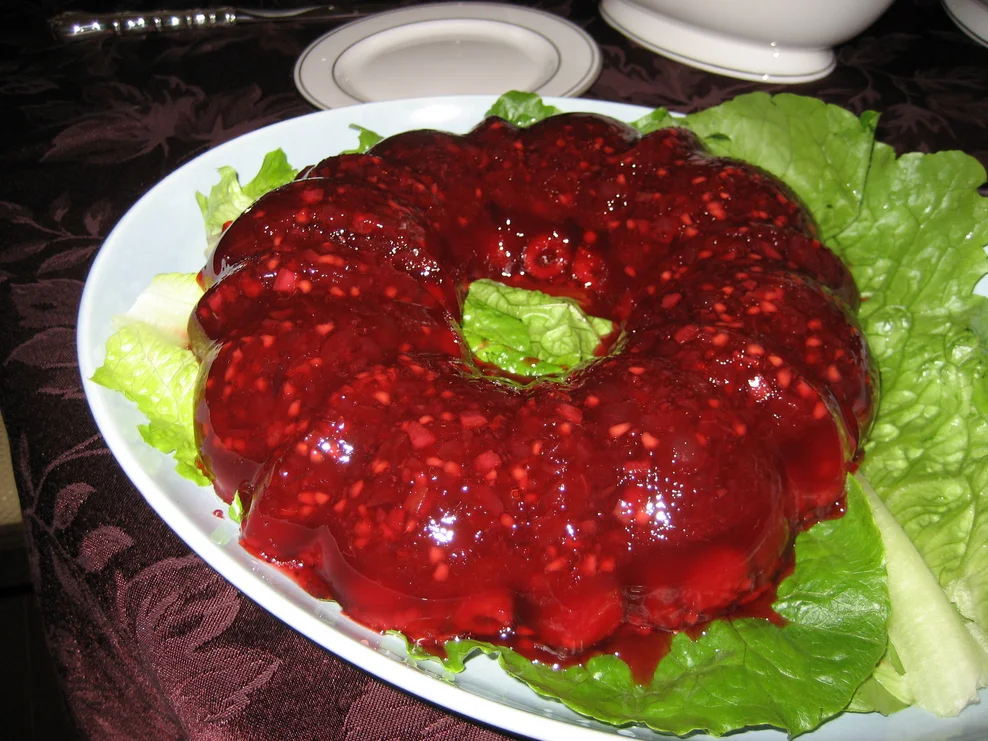
The quivering, colorful landscape of gelatin-based cuisine reached its peak in this era, with Jell-O transforming from simple dessert to ambitious culinary canvas. Suspended within these translucent, jewel-toned creations were bewildering combinations: shredded carrots, canned fruit, cottage cheese, and sometimes even olives or seafood. The molds themselves were architectural wonders, with bundt shapes, layered rings, and elaborate fluted designs that would make today’s food stylists weep.
Family recipes for these wobbly concoctions were guarded secrets, passed down with solemn instructions about the precise timing for adding suspended ingredients. The moment of unveiling was always dramatic – the collective breath-holding as the mold was inverted onto a serving plate, followed by either applause or quick offers to help repair a collapsed masterpiece. Children of the era developed a remarkable ability to navigate these dishes, learning to accept the sweet alongside the savory in bizarre combinations that would horrify modern palates.
10. “Secret” Ingredient Cooking
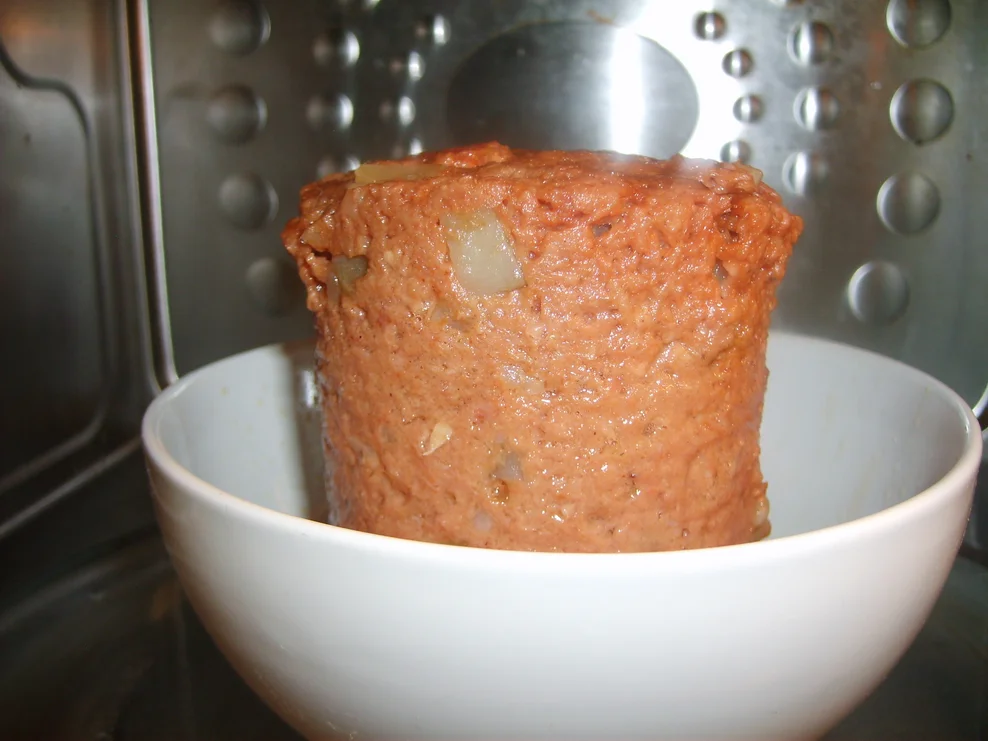
Home cooks of the era were convinced that every great recipe contained one unexpected ingredient that elevated it from ordinary to extraordinary. These culinary plot twists ranged from a splash of cola in the pot roast to a dollop of mayonnaise in the chocolate cake or a packet of onion soup mix in practically everything. The power of these secret additions was magnified by their revelation – always delivered in a hushed tone after guests had already complimented the dish.
Recipe boxes were filled with index cards marked “Mary’s PRIZE-WINNING Meatloaf” or “Sue’s FAMOUS Chocolate Chip Cookies,” with the secret ingredient often underlined twice for emphasis. Family gatherings became unofficial competitions where these signature dishes were deployed like culinary chess pieces. The greatest triumph was hearing someone say, “I can’t quite put my finger on what makes this so good,” while you exchanged knowing glances with your spouse across the dining room.
11. Drinking Water from the Hose

Long before bottled water became an accessory, neighborhood children sustained themselves on summer days with water directly from the garden hose. That first sip required courage as the sun-heated water tasted of rubber and metal before the gloriously cold well water finally arrived. Parents who would insist on proper glasses indoors somehow gave garden hose hydration a pass, perhaps recognizing it as a childhood rite of passage.
The technique required skill: holding the hose just right to create a perfect arc into the mouth without soaking your shirt. We accepted the occasional worm, dirt fleck, or unidentified floater as part of the experience, building immunities with every swallow. Today’s parents might faint at the thought, but Generation X and Boomers survived decades of this improvised water fountain with nothing worse than the occasional stomach ache.
12. Saving Fast Food Containers for “Good Tupperware”

Fast food packaging enjoyed a remarkable second life in homes across America, with plastic containers from margarine, takeout, and deli counters achieving immortality in kitchen cabinets. These mismatched vessels became the unofficial Tupperware of middle-class America, storing leftovers and transporting potluck contributions with practical frugality. Cool Whip tubs, margarine containers, and Chinese food boxes were too practical to throw away, transforming kitchen drawers into archaeological records of family meals past.
The true challenge was matching these repurposed containers with appropriate lids, a puzzle that consumed precious minutes of family life. Despite owning actual purchased food storage containers, these fast food relics remained the go-to, especially for foods you might not get back (sending cookies to a neighbor) or might stain the good plastic (spaghetti sauce). The ultimate treasure was the reusable plastic container that actually held up in the dishwasher without warping, earning a place of honor in the kitchen hierarchy.
Looking back, these shared food habits defined not just how we ate, but how we gathered, celebrated, and connected. Our culinary past might make modern nutritionists cringe, but those meals and moments shaped our memories and relationships. Maybe we’ve evolved into more sophisticated eaters with our cold brew coffee and avocado toast, but there’s something wonderfully authentic about those unpretentious food traditions that united us around formica tables and TV trays across America.


